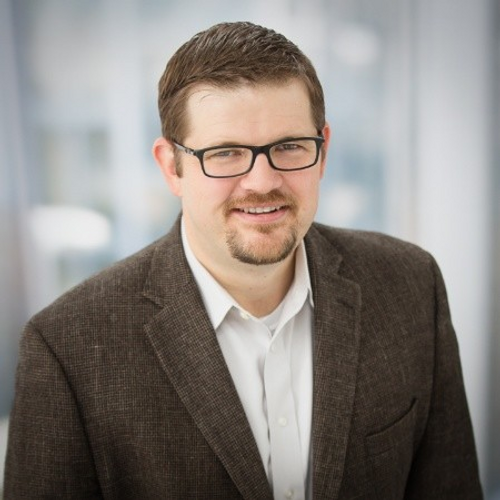Adding Pulse Crops Into Diverse Rotations With Kim Saueressig
Kim Sauressig is a fourth generation farmer in Central North Dakota where he grows a wide range of crops including corn, wheat, durum, barley, soybeans, lentils, chickpeas and pinto beans. He also raised cattle until a few years ago when they decided to focus exclusively on crops. When not farming, Kim chairs the North Dakota Dry Pea & Lentil Council and has a seat on the USA Dry Pea & Lentil Council where he serves as the chair of the research committee. Kim shares his journey into pulse crops, what roles they play in his overall rotations, the value of associations like the USA Dry Pea & Lentil Council, and why he believes more farmers should consider including pulse crops in their crop rotations.
“So we started seeding pintos and we were putting a little bit of “N” down. My agronomist called me and he got our soil test back from the laboratory and he is like, just drop your fertilizer. He said, “You don't have to put anything down.” And I truthfully, honestly think that that's because the lentils from the two years previous had fixated it in there. We didn't need it anymore.” - Kim Sauressig
Kim highlights the many benefits of pulse crops that he has experienced including their nitrogen fixation capabilities and their efficiency with water use. Through his work on the North Dakota Dry Pea and Lentil Council and the USA Dry Pea and Lentil Council he has expanded his personal network to include many agronomists and research scientists that have really helped him not only fine tune his operation but also support future pulse crop growers. He goes on to share the many advantages the councils offers producers by way of research and financial support.
“Your revenue protections and your crop insurances and stuff, that's kind of directly put together by the US Dry Pea and Lentil Council….They were a dog in the fight that helped get dollars to come back into the specialty crop side of things. I mean we're talking millions and millions of dollars that went back to producers that were growing pulse crops that were very, very beneficial.” - Kim Sauressig
This Week on Growing Pulse Crops:
- Meet Kim Sauressig, a fourth generation farmer in Central North Dakota, chair of the North Dakota Dry Pea & Lentil Council and chair of the research committee on the USA Dry Pea & Lentil Council
- Discover Kim’s experiences with pulse crops and the insights he has gained from participating in both the North Dakota Dry Pea and Lentil Council and the USA Dry Pea and Lentil Council
Growing Pulse Crops is produced by Dr. Audrey Kalil and hosted by Tim Hammerich of the Future of Agriculture Podcast.

